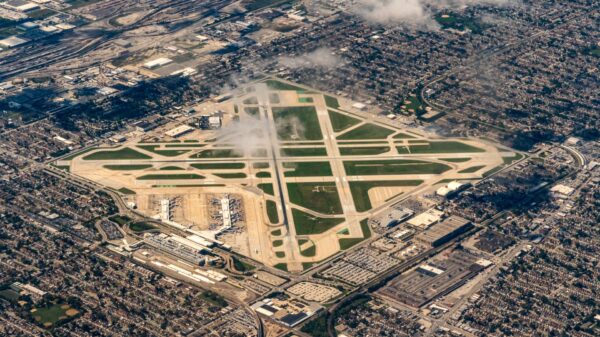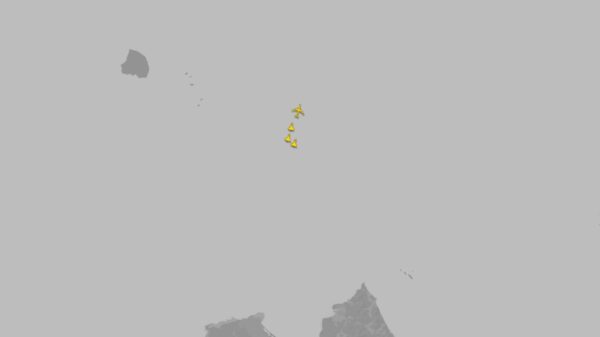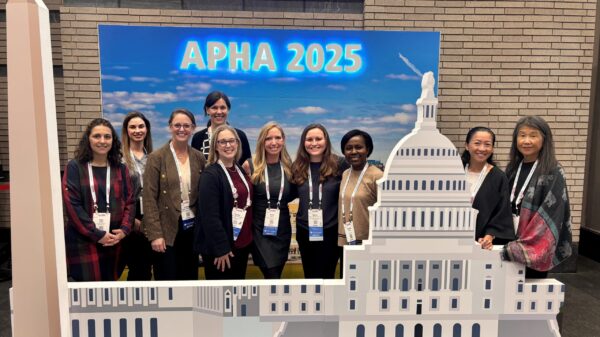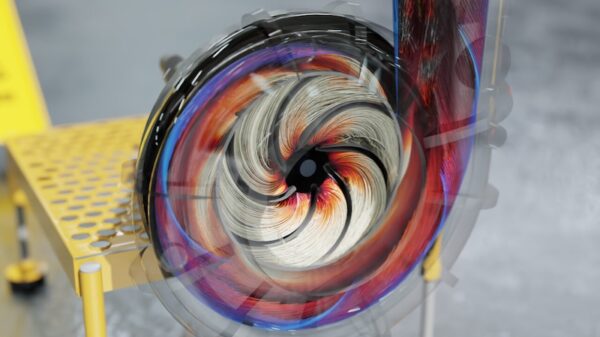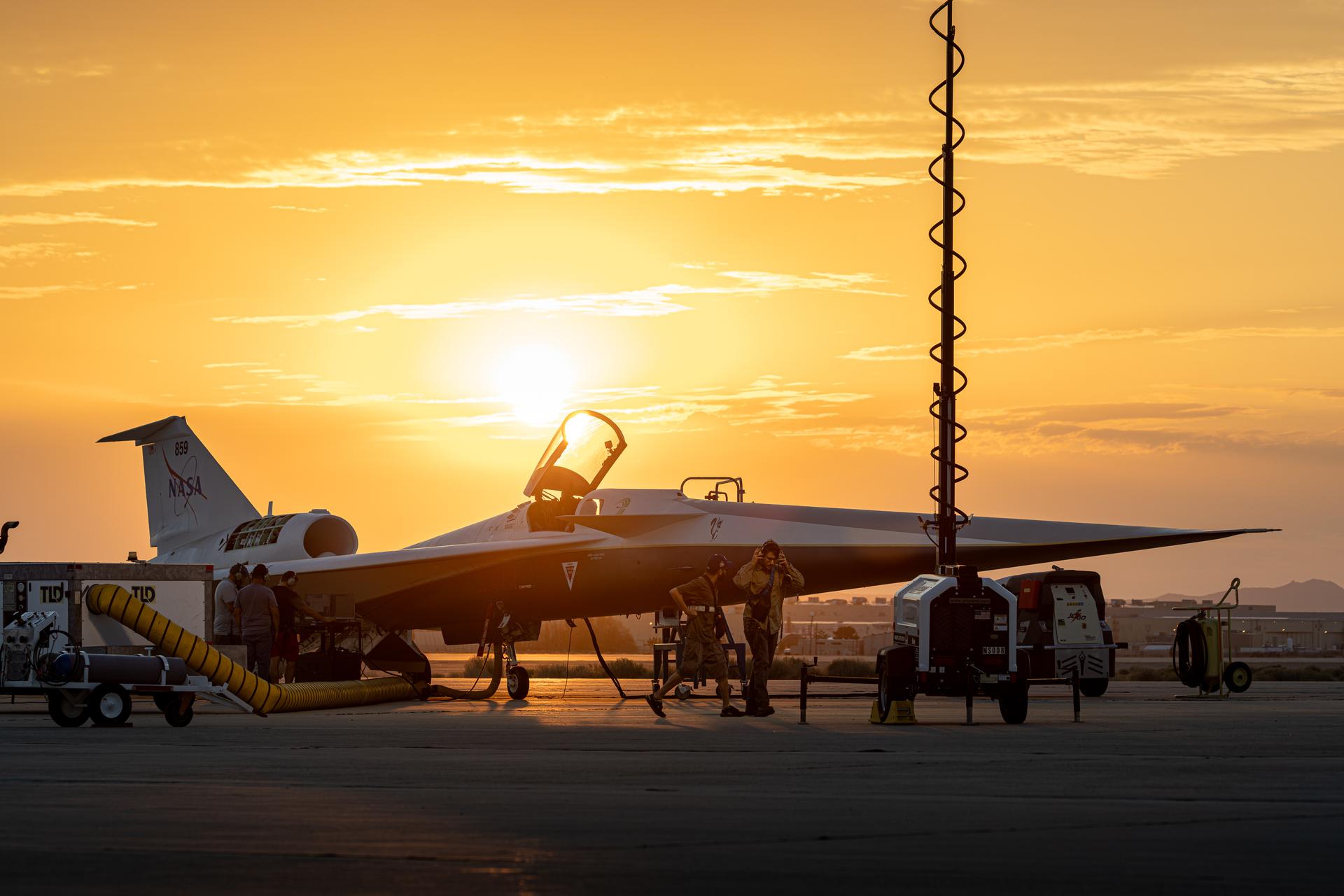NASA’s X-59 quiet supersonic research aircraft is set to make its historic first flight later this year, following a series of critical ground tests. Located at Lockheed Martin’s Skunk Works facility in Palmdale, California, the X-59 represents a significant step in the agency’s quest to demonstrate quieter supersonic flight.
The aircraft’s development is part of NASA’s Quesst mission, which aims to reduce the disruptive sonic boom to a less jarring “thump.” Preparations are well underway, with final ground tests scheduled after the successful completion of low-speed taxi tests on July 18, 2025. The upcoming medium- and high-speed taxi tests will assess the X-59’s performance at greater speeds, focusing on essential aspects such as braking, steering, stability, and the functionality of its innovative visibility systems, particularly given that the cockpit lacks a forward-facing window.
The initial flight is a crucial milestone that will kick off the first phase of flight testing, concentrating on verifying the aircraft’s airworthiness and safety. During this flight, the X-59 is expected to reach speeds of approximately 240 mph at an altitude of around 12,000 feet. The flight will last about one hour, departing from Palmdale and landing at NASA’s Armstrong Flight Research Center in Edwards, California.
Throughout this inaugural flight, the X-59 team, led by NASA test pilot Nils Larson, will evaluate several vital systems. Key assessments will include engine performance, stabilization, instrumentation, autopilot, control systems, and air data performance. These evaluations will ensure that the aircraft is adequately prepared for subsequent flight tests, which will push the X-59 to higher speeds and altitudes to further assess its capabilities.
The X-59’s development is not just an engineering feat but also a significant regulatory step. The data gathered during these flights will inform both U.S. and international aviation regulators as they consider new noise standards for supersonic commercial flight over land. By proving the X-59’s airworthiness, NASA aims to pave the way for a new era of quieter, faster air travel, potentially transforming the aviation industry.
As NASA prepares for the X-59’s first flight, the aviation community and the public await the outcomes of this groundbreaking project. The mission represents a tribute to aviation pioneers while simultaneously charting a course for the future of air travel.











